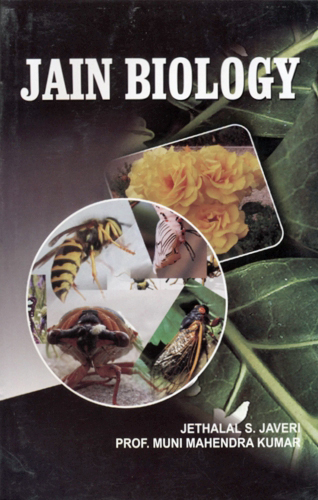Well-known amongst the common-bodied plants are:
Āluya. [1] onion, garlic, radish, ginger, turmeric, and others. The most significant difference between the two types of parts of the plants—individual-bodied and common-bodied—is that while the former would have innumerable organisms, each with its own physical body, the latter would contain infinite souls sharing a common organism. Some parts of the plants maybe of the latter type in the earliest stage but would later on be converted into the former type. For instance, every leaf in its infancy is a common-bodied organism but later on as it matures it is converted into a individual-bodied one. Elaborate and detailed criteria are given in this scripture for differentiating and ascertaining whether a part is common-bodied or not. Some of the simpler criteria given in the scripture are:
If the central division of a leaf is detectable, it is individual-bodied; if the bark of the trunk or a branch or a twig is thin and the wooden portion is more substantial then it is individual-bodied. On the other hand, if the bark is thicker than the inner part, it is common-bodied; flowers of cacti are common-bodied. This concludes the dissertation about the plants as well as the immobile, one-sensed organisms.
 Jethalal S. Zaveri
Jethalal S. Zaveri
 Prof. Muni Mahendra Kumar
Prof. Muni Mahendra Kumar

